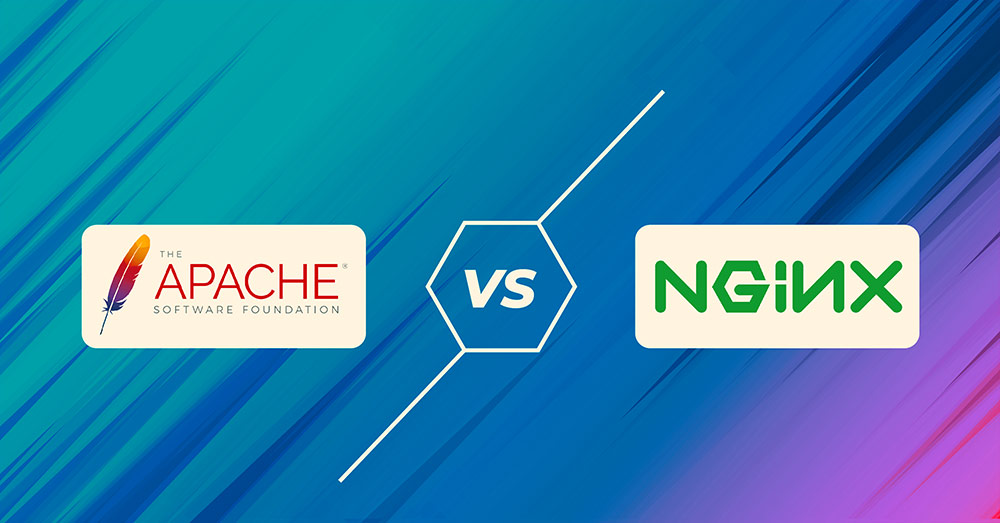R is a programming language that specializes in working with data. R is free software that supports an extensive catalog of statistical and graphical methods. The list includes various machine learning algorithms, time series, linear regression, and more. It’s used by industry giants like Google, Facebook, Airbnb, Uber, etc. As the description suggests, R is the go-to option when big …
Troubleshooting Common HTTP Error Codes
Any web server receiving an HTTP request is responded to with an HTTP status code. These codes are short notes from the server describing the situation. It doesn’t contain any actual site content. Instead, it’s a report of how things went after receiving the HTTP request. In many situations, these codes are important to diagnose various server/client issues. These codes …
How to Deploy WordPress with Docker Containers on Ubuntu 20.04
Introduction WordPress is one of the most popular Content Management Systems (CMSs) out there. Statistically, it powers over 39% of all websites you see around the world wide web. It’s a popular choice because of its extensibility through plugins and its flexible templating system. It allows you to change its appearance in seconds. Moreover, its administration can be done through …
Nginx HTTP Proxying, Load Balancing, Buffering, and Caching: an Overview
Introduction Nginx is a high-performance web server that is also used as a reverse proxy, mail proxy, load balancer, and HTTP cache. Nginx is free and open-source, allowing anyone to download and use it in their server environment. You may have already used Nginx to serve websites. In this tutorial, we will be discussing the other capabilities of Nginx. The …
Installing the Apache Web Server on CentOS 7
A web server stores, processes and delivers web pages to website visitors. There are quite a few Open Source web server software options, but the Apache HTTP server is deemed as the most widely used web server in the world. This is because, apart from being open-source, its modular architecture allows extending its capabilities through adding modules to serve different …
Nginx Server and Location Block Selection Algorithms: Overview
Introduction Nginx is among the world’s most popular web server options. It is able to successfully deal with a multitude of simultaneous client connections. At the same time, it is functioning as a mail, web, or reverse proxy server. This guide aims to outline the behind-the-scenes methods that direct how Nginx processes client requests. We will demystify the server and …
A Guide on the mod_proxy Extension: Using Apache as a Reverse Proxy
Introduction Third-party extensions are extremely helpful additions. These make your experience of configuring and working with a server, such as Apache HTTP, much simpler and more facilitative. In a time of need, you can even use some of these modules in Apache to run a reverse proxy. You can either remove a layer from your server setup or you can …
Netcat Utility on Linux: Testing TCP/UDP Connections on a VPS with Netcat
Introduction One of the biggest advantages of using Linux is the plethora of helpful utilities it provides. The in-program features are usually sufficient for most programmers to do their work. This means that most of the time, you will not need to download external programs and software. The built-in tools will provide you enough utility. Among these helpful features is …
Configuring the Apache Web Server on an Ubuntu or Debian VPS
Introduction Apache is currently the most widely used web server in the world. It is an open-source software developed over twenty years ago and maintained by the Apache Software Foundation. As of September 2020, it is estimated to be serving 35% of all website traffic in the world. Developers prefer Apache for its speed, security, reliability, robustness, and ease of …
The World of Web Servers: Apache vs. Nginx
Introduction to Apache and Nginx Web servers and protocols are designed to enable users to view web pages. They send a request to view a document that is accepted by the server. The host then essentially serves the document or information to the viewer. The web server plays a central role in letting you view and access web pages on …
The Basics of UFW: Learning the Essential Firewall Commands
Introduction UFW stands for uncomplicated firewall. It is a frontend platform that enables you to easily manage your firewall functions and commands. You get UFW as a default option with your Ubuntu server. Maximizing the potential of the commands and functions of the firewall can be difficult if you are not already familiar with the tool. Our goal is to …












